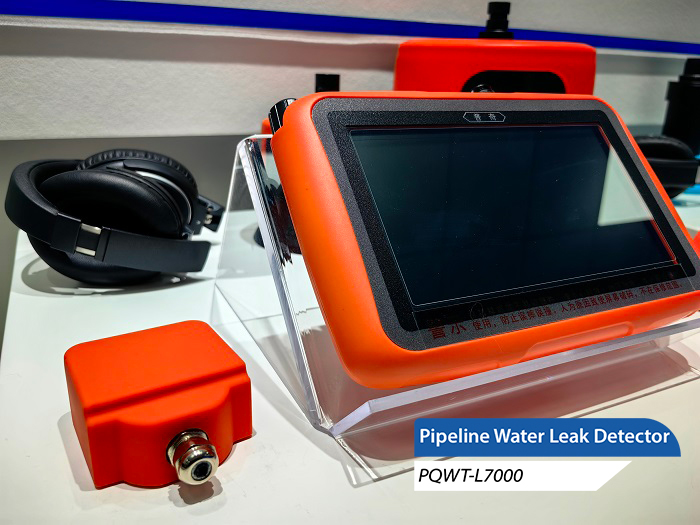Underground pipe leaks are a common problem that, if left untreated, can have a serious impact on the structure of a home, the health of the occupants, and the energy source. Therefore, it is very important to understand the characteristics of underground pipe leaks and how to detect them.

Underground pipe leaks have some specific characteristics. First of all, leaks cause the water pressure in the pipe to drop and the flow of water to become weaker. This is because water is ejected from leaks or cracks and creates voids with the soil, which depletes the water pressure. Secondly, water leaks produce a sound of a certain frequency, and this sound is roughly between 100 Hz and 2000 Hz. This is produced due to the interaction between the water flow and the soil. Additionally, water leaks can lead to an increase in soil moisture, and the ground may become wet or oozy.
For the detection of water leakage in underground pipes, passive overhauling and acoustic listening methods are currently used. The passive overhaul method is a method that sends people to overhaul a leak only after the discovery of an obvious leak. Although this method is simple and direct, it requires a lot of manpower and time. The acoustic method is to utilize the sound generated by the leakage of underground pipes to estimate the location of the leakage holes on the ground. This method requires experienced operators and is difficult to work properly in areas with heavy traffic and noise.
In order to overcome the shortcomings of the audio-audio method, the correlation method of leakage detection came into being. The correlation method of leak detection is one of the methods based on overcoming the above disadvantages. This method makes use of the characteristic of sound produced by water leakage of underground pipeline, by arranging a group of samplers in a line array or matrix way in the leakage detection area of pipeline, collecting data at the same time, storing the sampling data of each sampler in blocks according to the number of the sampler, and determining the location of leakage point by comparing and analyzing the synchronous sampling data of each sampler. This method has a high degree of automation and improves the accuracy and efficiency of detection.
In addition to the above two methods, there are also some advanced detection equipment that can help us quickly and accurately find the leakage point. For example, PQWT-CL900 pressure pipe leakage automatic analyzer produced by Hunan Puchi Geological Exploration Equipment Research Institute. This is a fully automated water leakage detector with superior performance, which overcomes the problem of easy misjudgment due to liquid or gas flow rate or pressure change in the pipeline that exists in a single leakage detector. By arranging a group of samplers in a line array or matrix, collecting data simultaneously and storing the sampling data of each sampler in blocks according to the sampler's number, the location of the leakage point is determined by comparing and analyzing the simultaneous sampling data of each sampler. This method not only improves the accuracy and efficiency of detection, but also greatly reduces manual intervention and experience dependence.
In conclusion, understanding the characteristics and detection methods of underground pipe leakage is crucial to safeguarding the structural integrity of the house and the health of the occupants. By using advanced testing equipment and scientific methods, we can find leaks more quickly and accurately and take appropriate repair measures. This not only reduces energy waste and economic losses, but also protects the environment and improves quality of life.








